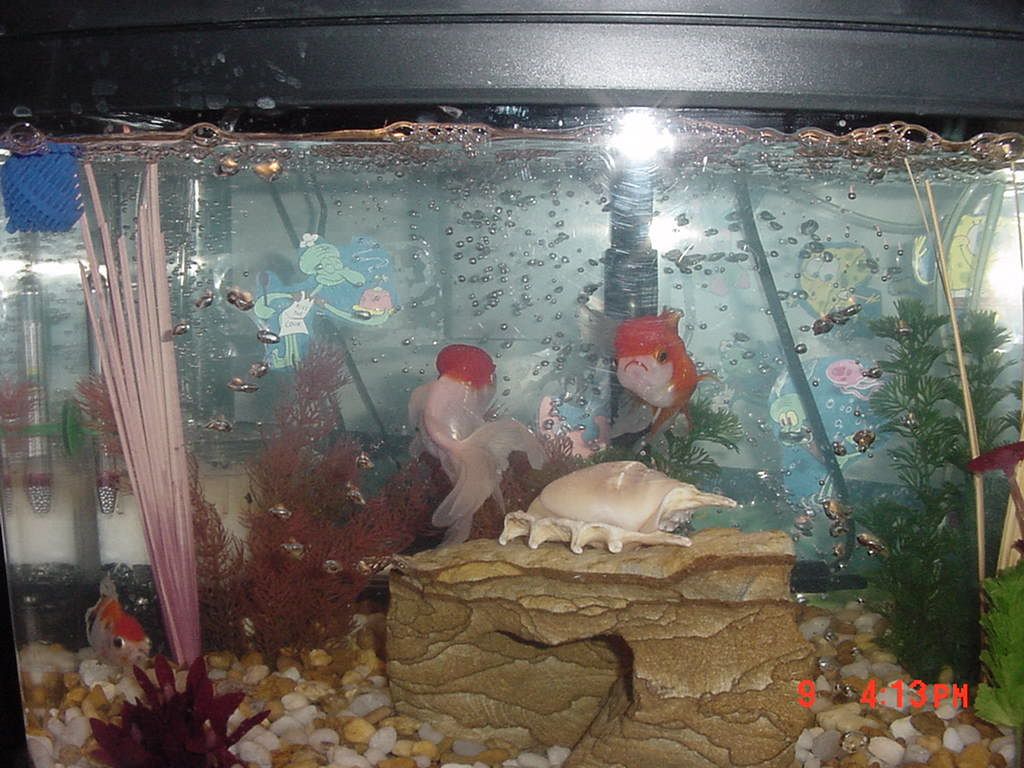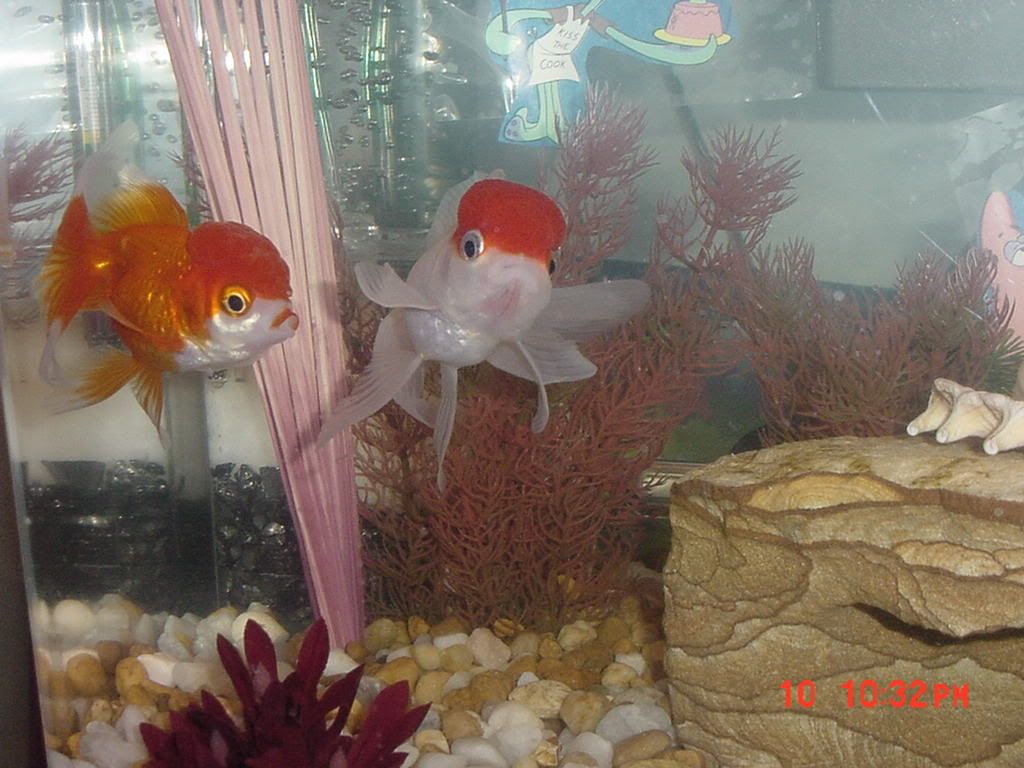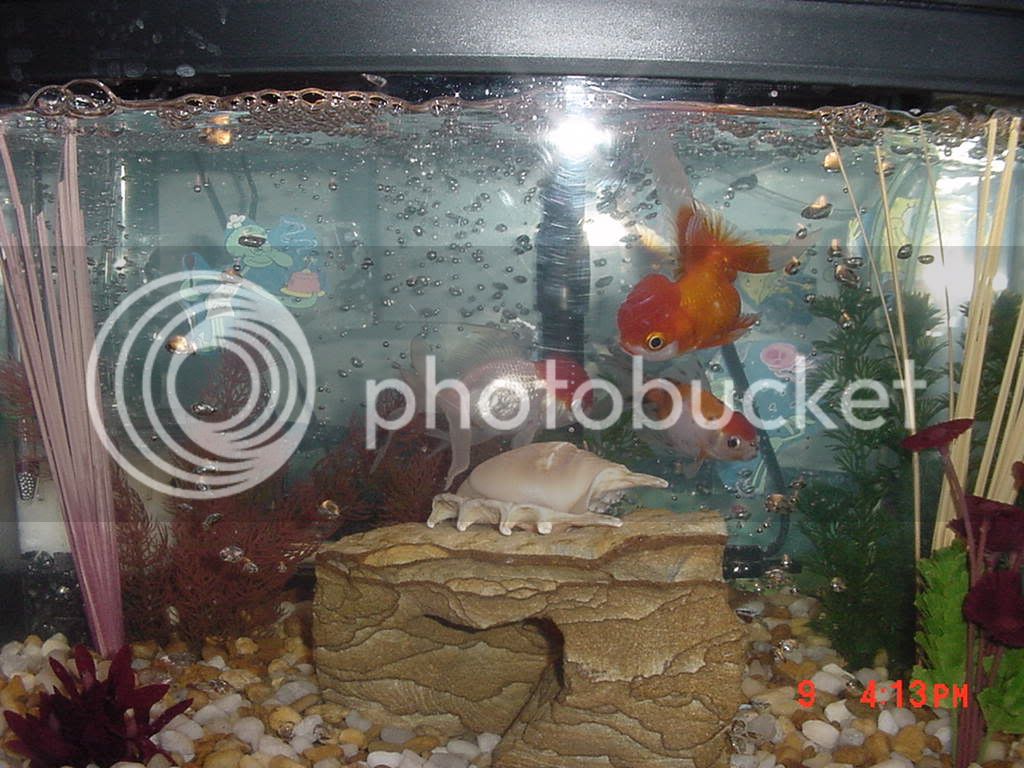knucklemonkey
New member
- Joined
- Mar 28, 2009
- Messages
- 3
- Reaction score
- 0
Hello all. I'm happy I found this place as I was looking for some intelligent folks on an issue I know little of. Nice to meet you all...the name is knucklemonkey.
So I buy 4 oothecas off of amazon.com. I'm very organic and want to have a natural pesticide. What better way than with predatory bugs, right? I have 2 grow rooms, each 48" x 48" and 75" tall. The temperature is between 70 and 82 when the lights are on with humidity around 40-55%. Both grow boxes have exhaust fans and are mostly airtight with the exception of the intake flaps that have screens over them so I don't have any pests outside of the gardens, just inside.
I get white flies and all sorts of damaging pests and I hear mantids eat everything that moves. I also am trying ladybugs but would far prefer the mantids work out as my pest control system.
I'm wondering a few things...
1. By the picture attached, can you tell me what kind of praying mantis I have bought and if they are the right kind?
2. Will I run into any unforseen problems having them in the room? How many mantids should I keep in each room with, say 20 plants in each room, (some of which reach the 75 inch roof, some are only a foot or so off the ground, all are in pots)?
3. Will I need to introduce some sort of food for them? I wouldn't be able to use anything that would harm my garden or my plants so that complicates things if I need to introduce live food at some point. The original idea was to get them to eliminate pests but I dig the idea of raising them in there too.
4. How long will it take the ootheca to hatch if my lights are on 18 and off 6 and the temps range from 70-82 degrees?
I am very committed to my indoor garden and the quality of my vegetables and flowers. I very much enjoy nurturing my garden and would love to nurture a praying mantis or 20 (I have no idea how many I need).
So some advice and whatnot would be greatly appreciated. And nice to meet you all!

So I buy 4 oothecas off of amazon.com. I'm very organic and want to have a natural pesticide. What better way than with predatory bugs, right? I have 2 grow rooms, each 48" x 48" and 75" tall. The temperature is between 70 and 82 when the lights are on with humidity around 40-55%. Both grow boxes have exhaust fans and are mostly airtight with the exception of the intake flaps that have screens over them so I don't have any pests outside of the gardens, just inside.
I get white flies and all sorts of damaging pests and I hear mantids eat everything that moves. I also am trying ladybugs but would far prefer the mantids work out as my pest control system.
I'm wondering a few things...
1. By the picture attached, can you tell me what kind of praying mantis I have bought and if they are the right kind?
2. Will I run into any unforseen problems having them in the room? How many mantids should I keep in each room with, say 20 plants in each room, (some of which reach the 75 inch roof, some are only a foot or so off the ground, all are in pots)?
3. Will I need to introduce some sort of food for them? I wouldn't be able to use anything that would harm my garden or my plants so that complicates things if I need to introduce live food at some point. The original idea was to get them to eliminate pests but I dig the idea of raising them in there too.
4. How long will it take the ootheca to hatch if my lights are on 18 and off 6 and the temps range from 70-82 degrees?
I am very committed to my indoor garden and the quality of my vegetables and flowers. I very much enjoy nurturing my garden and would love to nurture a praying mantis or 20 (I have no idea how many I need).
So some advice and whatnot would be greatly appreciated. And nice to meet you all!

Last edited by a moderator:






